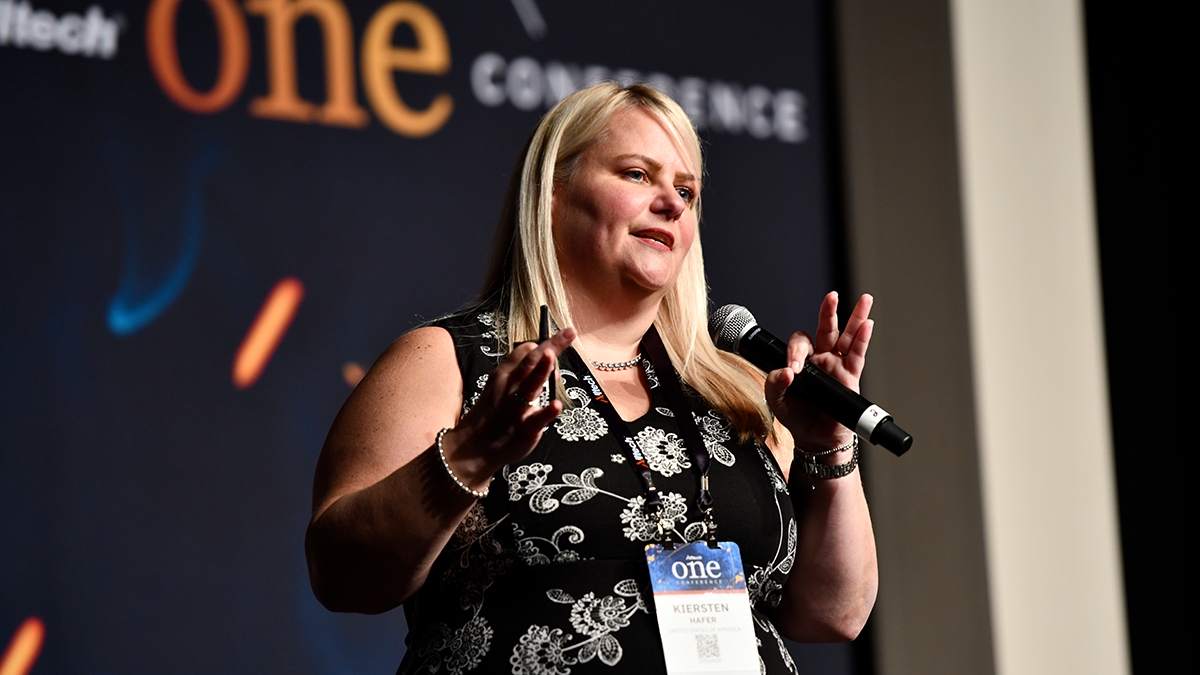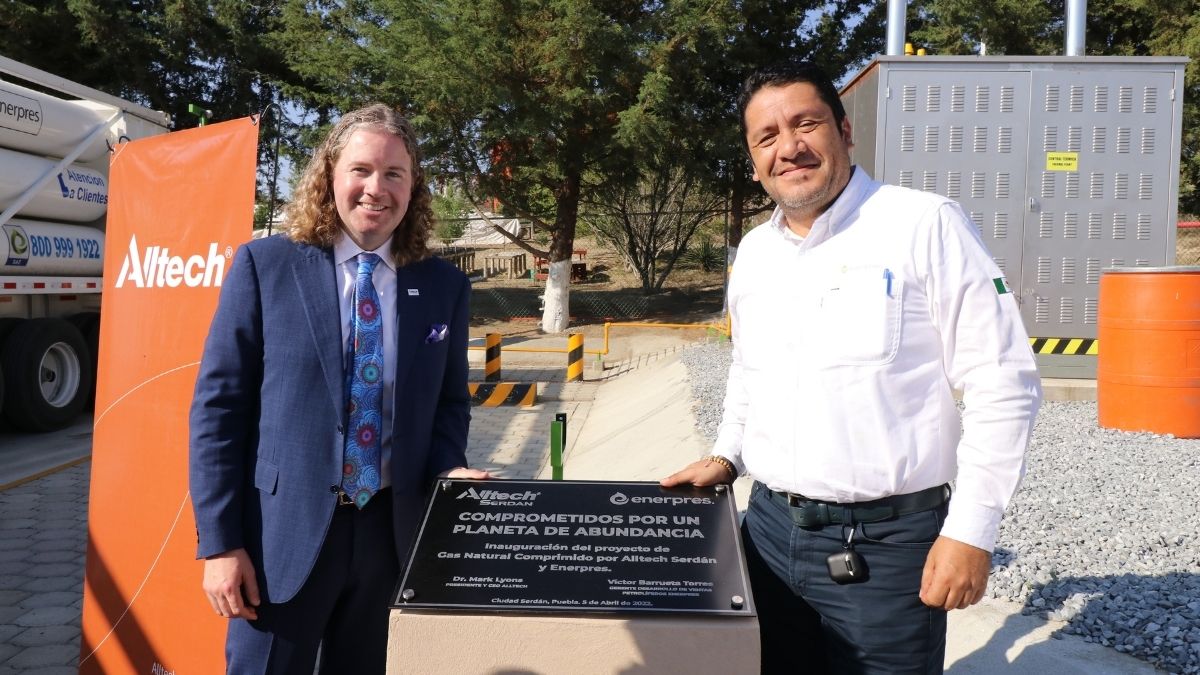The pig mortality issue
Pig mortality is one of the biggest challenges the swine industry faces today. Data from the USDA (2015) shows that in the United States, the average post-weaning pig mortality is 3.6% in the nursery and 4.1% in the grow-finish stage. Combined with an average pre-weaning mortality of 10–15%, it is not uncommon to observe overall mortality rates of 15–20%. That represents a significant inefficiency in our system that must be addressed if our industry wants to become more profitable and more sustainable.
The first point that must be addressed is understanding the causes of mortality. As part of the Improving Pig Survivability project, Gebhardt et al. (2020), a team effort from Iowa State University, Kansas State University and Purdue University, conducted a review of the most relevant data and observed that the vast majority of pigs die because of respiratory disease (caused by agents such as PRRS virus, influenza A virus, circovirus and Mycoplasma hyopneumoniae), followed by scours/diarrhea (caused by E. coli, PED virus and rotavirus, among others).
Figure 1. Percentage of mortality causes adapted from USDA, 2015. Source: Gebhardt et al., 2020.

A few strategies have been shown to produce a significant positive impact on pig survivability. Management tools such as biosecurity, pig care, temperature and ventilation control, water availability and quality, cleaning and disinfection, and increasing the weaning age can drastically change mortality and removal rates (Main et al., 2005; Faccin et al., 2020, Gebhardt et al., 2020). Additionally, novel technologies such as feed mitigants (Dee et al., 2021), microbiome modulation and gene-edited pigs are promising tools for the future. However, as nutritionists, we must ask ourselves: Are there any strategies that we can implement through the feed to help alleviate the losses in performance or reduce the number of pigs our customers lose to any given challenge?
Crude protein in pig nursery diets
Crude protein is probably the most researched and consistent nutritional tool against enteric challenges in pigs. The newly weaned pig — at around 21 days of age — has a relatively limited digestive capacity, as its gastrointestinal tract is adapted to digest milk exclusively. When piglets are fed a high crude protein diet, in addition to all other stressors of the weaning process, there is a good chance that a significant portion of that protein will not be digested in the stomach and small intestine and, as a result, will reach the large intestine, where it can be used as a substrate for bacterial growth. Consequently, that may lead to diarrhea, poorer performance, increased mortality and an increased need for antibiotics.
Research shows that feeding a diet with 18% or less crude protein can:
- reduce the amount of protein fermented in the large intestine and improve fecal consistency (Nyachoti et al., 2006; Htoo et al., 2007)
- reduce the inflammatory response after an E. coli challenge (Opapeju et al., 2010)
- reduce the E. coli population in the gastrointestinal tract (Opapeju et al., 2009)
It is important to acknowledge that performance can potentially be impacted by feeding low crude protein diets. It is critical to ensure that the pigs’ amino acid requirements are being met. If diets are formulated with synthetic lysine, methionine, threonine, tryptophan, and valine, the next limiting amino acid is likely isoleucine. If synthetic isoleucine is also being used, then histidine likely becomes the limiting amino acid. Research suggests that nursery pigs require around 32% histidine:lysine (Cemin et al., 2018), and a typical nursery diet can easily go below that value.
Protein for the synthesis of non-essential amino acids can also be a limiting factor. It is important to use a lysine:crude protein ratio in the formulation software to understand the maximum inclusion rate of synthetic amino acids. Finally, pigs have a remarkable ability to compensate for poorer performance in the nursery during later stages (Menegat et al. 2020). Feeding a low crude protein diet may result in a slower start, but given the appropriate time and diet formulation, in the later stages, pigs will exhibit compensatory growth and can achieve excellent overall performance.
Fiber in swine nutrition
Carbohydrates can generally be classified as storage or structural carbohydrates. Storage carbohydrates typically refer to starch, which is easily digested by the pig and readily available as an energy source. Fiber, therefore, can be defined as all structural carbohydrates that resist digestion and are fermented in the hindgut (Kerr and Shurson, 2013). Additionally, fibers can be further classified based on several characteristics, such as viscosity and fermentability, but the most common way they are discussed in swine nutrition is based on their solubility in water.
Soluble fibers are rapidly fermented by the pig to produce volatile fatty acids: acetate, propionate, and butyrate. These components can be used as energy sources by the enterocytes, resulting in the proliferation of the epithelium. They also have a prebiotic effect by enhancing beneficial bacteria fermentation while reducing the pH to eliminate pathogens. However, soluble fibers do increase digesta viscosity, which, in turn, reduces the passage rate and predisposes colonization by pathogens. Insoluble fibers, on the other hand, are more resistant to fermentation and do not contribute significantly to the production of volatile fatty acids. However, the main benefit of insoluble fibers is that they increase the digesta passage rate, therefore preventing the colonization of pathogens in the gastrointestinal tract (Agyekum and Nyachoti, 2017).
Considering the differences between fiber sources, what exactly should be fed to the newly weaned pig? Some research suggests that soluble fibers can increase the incidence of diarrhea in early nursery pigs (Pluske et al., 1998). However, it is important to note that this negative effect is driven by the increased viscosity of the digesta and not because of the fermentability of soluble fibers. Therefore, it appears that insoluble fibers are a better recommendation, particularly for weaned pigs (Molist et al., 2010). However, some reports suggest that a combination of both soluble and insoluble fiber could provide a synergistic effect as long as the soluble source has no impact or only a small impact on viscosity (Wellock et al., 2007; Molist et al., 2014).
Soybean meal for health-challenged pigs
The effects of soybean meal on PRRS-positive pigs have been previously demonstrated by several researchers (Johnston et al., 2010; Rocha et al., 2013; Rochell et al., 2015). Their studies generally agree that pigs challenged with the PRRS virus have improved performance and/or a reduction in serum viral load when fed high levels of soybean meal. The reasons for the benefits of this ingredient are not fully understood, but one of the hypotheses argues for the presence of bioactive components, such as isoflavones and saponins. These components have several beneficial properties, such as anti-inflammatory, antioxidant and antiviral properties (Smith and Dilger, 2018). Recently, Smith et al. (2020) observed that PRRS-infected pigs fed high levels of isoflavones had a significant reduction in mortality rates. When considered altogether, the data suggests that soybean meal or components of it have the potential to provide some protection, especially against respiratory challenges.
Figure 2. Mortality rate of PRRS-infected weanling pigs fed high levels of isoflavones. NEG = negative control, uninfected pigs. POS = infected pigs. ISF = infected pigs + isoflavones. Source: Smith et al. (2020).

Functional amino acids in swine diets
It is generally accepted that pig diseases may cause a repartition of nutrients from growth to their more active and demanding immune system. It is also recognized that certain amino acids have important functions in the immune system, and as such, their requirements can increase during a health challenge. This group of amino acids is known as functional amino acids. For instance, threonine is one of the main components of mucin in the gastrointestinal tract (Wang et al., 2010), methionine is a methyl group donor and tryptophan has the ability to impact the inflammatory response and improve the intestinal barrier (Liang et al., 2018).
Rodrigues et al. (2021) challenged a group of nursery pigs with Salmonella and provided diets low or high in crude protein and with two different amino acid ratios: 1) control ratios or 2) control ratios with 20% higher threonine, methionine and tryptophan. The authors observed that in a situation where there is no health challenge, pig performance was not affected by increasing functional amino acid ratios. On the other hand, when pigs were challenged with Salmonella, those fed the increased functional amino acids saw a significant improvement in performance regardless of the protein level. Therefore, it appears that health-challenged pigs may benefit from significantly higher ratios of certain amino acids, although more work is required with different pathogens and stages of growth.
Figure 3. Performance of pigs fed increased functional amino acid ratios under a Salmonella challenge. Adapted from Rodrigues et al., 2021.

On-farm tools
As part of the Improving Pig Survivability project, Wensley et al. (2021) conducted a series of trials to identify and quantify the benefits of on-farm tools. The authors evaluated mat feeding, a strategy that consists of spreading a small amount of feed on a mat near the feeders with the objective of stimulating feed intake. Utilizing this strategy for 10 days after weaning resulted in a significant decrease in the mortality and removal rate in the nursery. A second study was conducted to evaluate the effects of creep feeding, which consists of supplementing the piglets’ diet by offering feed while they are still with the sow. The authors found improvements in the overall nursery mortality and removal rates by offering creep feed for four days before weaning, particularly if provided in a large pellet format. These two studies show that simple tools can be effectively used to improve pig mortality, although it is important to consider the extra labor involved in implementing these strategies correctly.
Summary
Pig mortality is a tremendous challenge for our industry. It is a complex issue that will require a concerted multi-disciplinary effort and that must include swine health, management, nutrition and new technologies to obtain the best possible outcome. As nutritionists, we do have tools available; it is critical that we understand and reevaluate crude protein levels, the utilization of fibers, the potential benefits of soybean meal and the use of higher levels of functional amino acids. Additionally, practical strategies such as mat feeding and creep feeding should be considered. Finally, it is important to consider that each system is unique in its challenges, requiring a complete understanding from the nutritionist to tailor solutions for individual situations.
I want to learn more about nutrition for my pig herd.
Literature cited
Agyekum and Nyachoti, 2017. Nutritional and metabolic consequences of feeding high-fiber diets to swine: a review. Engineering 3:716-725. doi: 10.1016/J.ENG.2017.03.010
Cemin et al., 2018. Effects of standardized ileal digestible histidine to lysine ratio on growth performance of 7- to 11-kg nursery pigs. J. Anim. Sci. 96:4713-4722. doi: 10.1093/jas/sky319
Dee et al., 2021. An evaluation of additives for mitigating the risk of virus‐contaminated feed using an ice‐block challenge model. Transbound. Emerg. Dis. 68:833-845. doi: 10.1111/tbed.13749
Faccin et al., 2020. Impact of increasing weaning age on pig performance and belly nosing prevalence in a commercial multisite production system. J. Anim. Sci. 98:skaa031. doi: 10.1093/jas/skaa031
Gebhardt et al., 2020. Postweaning mortality in commercial swine production. I: review of non-infectious contributing factors. Transl. Anim. Sci. 4:462-484. doi: 10.1093/tas/txaa068
Htoo et al., 2007. Effect of dietary protein content on ileal amino acid digestibility, growth performance, and formation of microbial metabolites in ileal and cecal digesta of early-weaned pigs. J. Anim. Sci. 85:3303-3312. doi: 10.2527/jas.2007-0105
Johnston et al., 2010. Soybean meal level modifies the impact of high immune stress on growth and feed efficiency in pigs. J. Anim. Sci. 88(E-Suppl. 3):57–58.
Kerr and Shurson, 2013. Strategies to improve fiber utilization in swine. J. Anim. Sci. Biotechnol. 4:11. doi: 10.1186/2049-1891-4-11
Liang et al., 2018. Dietary L-Tryptophan modulates the structural and functional composition of the intestinal microbiome in weaned piglets. Front. Microbiol. 9:1736. doi: 10.3389/fmicb.2018.01736
Main et al., 2005. Effects of weaning age on growing-pig costs and revenue in a multi-site production system. J. Swine Health Prod. 13:189-197.
Menegat et al., 2020. A review of compensatory growth following lysine restriction in grow-finish pigs. Trans. Anim. Sci. 4:531-547. doi: 10.1093/tas/txaa014
Molist et al., 2010. Effect of wheat bran on the health and performance of weaned pigs challenged with Escherichia coli K88+. Livest. Sci. 133:214-217. doi: 10.1016/j.livsci.2010.06.067
Molist et al., 2014. Relevance of functional properties of dietary fibre in diets for weanling pigs. Anim. Feed Sci. Techn. 189. doi: 10.1016/j.anifeedsci.2013.12.013
Nyachoti et al., 2006. Performance responses and indicators of gastrointestinal health in early-weaned pigs fed low-protein amino acid-supplemented diets. J. Anim. Sci. 84:125-134. doi: 10.2527/2006.841125x
Opapeju et al., 2009. Effect of dietary protein level on growth performance, indicators of enteric health, and gastrointestinal microbial ecology of weaned pigs induced with postweaning colibacillosis. J. Anim. Sci. 87:2635-2643. doi: 10.2527/jas.2008-1310
Opapeju et al., 2010. Inflammation-associated responses in piglets induced with post-weaning colibacillosis are influenced by dietary protein level. Livest. Sci. 131:58-64. doi: 10.1016/j.livsci.2010.02.026
Pluske et al., 1998. Confirmation of the role of rapidly fermentable carbohydrates in the expression of swine dysentery in pigs after experimental infection. J. Nutr. 128, 1737-1744.
Rocha et al., 2013. Soybean meal level in diets for pigs challenged with porcine reproductive and respiratory syndrome (PRRS) virus. J. Anim. Sci. 92(E-Suppl. 2):31.
Rochell et al., 2015. Effects of dietary soybean meal concentration on growth and immune response of pigs infected with porcine reproductive and respiratory syndrome virus. J. Anim. Sci. 93:2987-2997. doi: 10.2527/jas.2014-8462
Rodrigues et al., 2021. Functional amino acid supplementation, regardless of dietary protein content, improves growth performance and immune status of weaned pigs challenged with Salmonella Typhimurium. J. Anim. Sci. 99:skaa365. doi: 10.1093/jas/skaa365
Smith and Dilger. 2018. Immunomodulatory potential of dietary soybean-derived isoflavones and saponins in pigs. J. Anim. Sci. 96:1288-1304. doi: 10.1093/jas/sky036
Smith et al., 2020. Dietary soy isoflavones reduce pathogen-related mortality in growing pigs under porcine reproductive and respiratory syndrome viral challenge. J. Anim. Sci. 98: skaa024. doi: 10.1093/jas/skaa024
USDA. 2015. Swine 2012: Part I: Baseline reference of swine health and management in the United States, 2012. Fort Collins, CO: USDA-APHIS-VS, CEAH. #663.0814.
Wang et al., 2010. Optimal dietary true ileal digestible threonine for supporting the mucosal barrier in small intestine of weanling pigs. J. Nutr. 140:981-986. doi: 10.3945/jn.109.118497
Wellock et al., 2007. Effect of dietary non-starch polysaccharide solubility and inclusion level on gut health and the risk of post weaning enteric disorders in newly weaned piglets. Livest. Sci. 108:186-189. doi: 10.1016/j.livsci.2007.01.050
Wensley et al., 2021. Effects of mat feeding on the growth performance and mortality of pigs after weaning. Kansas Ag. Exp. Station Res. Rep. 7:11. doi: 10.4148/2378-5977.8179
Wensley et al., 2021. Effect of floor feeding creep feed on the growth performance and mortality of pigs after weaning. Kansas Ag. Exp. Station Res. Rep. 7:11. doi: 10.4148/2378-5977.8166




























